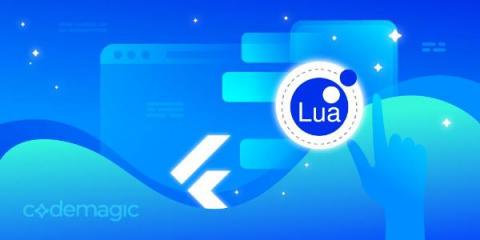Systems | Development | Analytics | API | Testing
Codemagic
Working with native elements in Flutter: Platform Channel vs Pigeon vs Foreign Function Interface (FFI)
Dart and Flutter are a powerful duo when building software applications, ranging from mobile apps - Android and iOS; to desktop apps - Linux, Windows, and macOS. Flutter is sufficient to handle most application features. However, some apps involve deeper integration with their platform components. Flutter boasts of smooth and easy-to-setup mechanisms for communication between Flutter and platform hosts.
What's new from Google I/O 2023 for developers: Key announcements
This years I/O can be easily summed up by just one phrase: “AI”. AI absolutely everywhere. Sundar Pichai started, mentioned numerous times and ended the Keynote by mentioning AI. Some of the main announcements around AI for developers included the general availablity of “Bard” supporting 20 programming languages and use of the “PaLM 2” based models with some like “Gecko” small enough to run on mobile devices.
Comparing M2 mini vs. M1 mini vs. Mac Pro
TL;DR: M2 machines are up to 33% faster than M1 machines! For macOS and iOS builds, we see build time improvements of ~50% compared with the Mac Pro.
Flaming Stacks Part 2: Sashimi
Welcome to the latest edition of #FlutterFunFriday. This is the another instalment in a new series of posts where we’ll be spending some time to have a bit of fun with Flutter on a Friday. So grab a beverage of your choice, fire up your favourite IDE and lets have some fun!
Flutter Lua: Using Lua in your Flutter apps
Welcome to another edition of #FlutterFunFriday! In this instalment we’ll be learning how to use Lua in our Flutter apps. So grab a beverage of your choice, fire up your favourite IDE and lets have some fun!
Migrating your iOS projects and CI/CD to Apple Silicon M1 & M2 Macs
Apple Silicon processors have revolutionized the desktop and laptop CPU landscape. The transition from Intel’s x86_64 architecture to Apple’s arm64 was smooth for consumers thanks to the Rosetta 2 emulator. This emulator enables the translation of x86_64 instructions to arm64 with minimal performance degradation.
Flaming Stacks: Using stacked sprites in Flame
Welcome to the latest edition of #FlutterFunFriday. This is the another instalment in a new series of posts where we’ll be spending some time to have a bit of fun with Flutter on a Friday. So grab a beverage of your choice, fire up your favourite IDE and lets have some fun!
Shady Flutter: Using GLSL Shaders in Flutter
Welcome to the first edition of #FlutterFunFriday! In this instalment we’ll be learning how to use the new support Flutter has for custom shaders. So grab a beverage of your choice, fire up your favourite IDE and lets have some fun!
Writing your back end in Dart
In this blog post, we will explore the process of building a back end using only Dart. With the numerous options available for achieving this, it’s normal to feel overwhelmed or unsure of where to begin. Thus, this post is primarily directed at Flutter developers who are considering Dart for their back end for its various benefits, which we will discuss later on.










